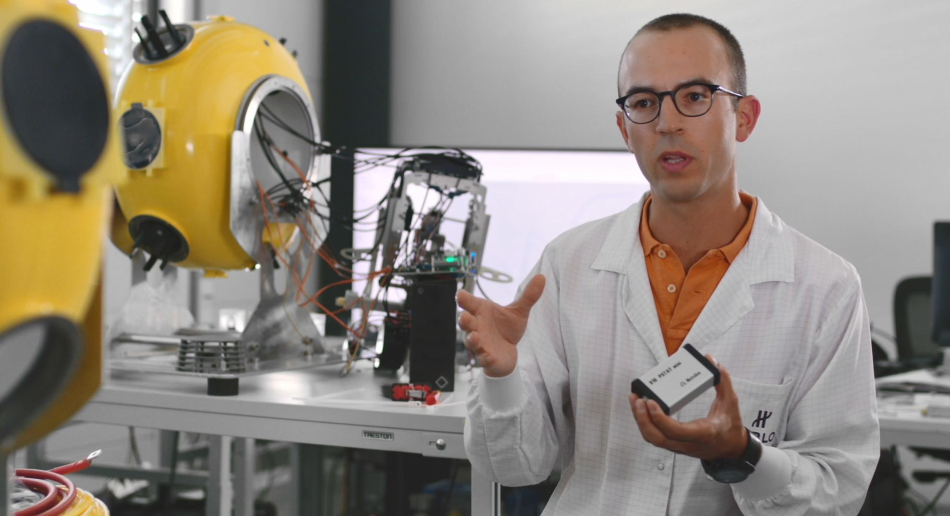The so-called Antikythera Mechanism is one of the most fascinating items ever salvaged from an ancient shipwreck. This magnificent piece of mechanical engineering is over 2000 years old and forced the scientific community to rewrite the history of science. It became clear that its unknown maker must have had skills and knowledge thought not to exist in the 1st century BC.

The Antikythera Mechanism was a highly precise, complex lunar and solar calendar that also predicted eclipses of the moon and sun, in addition to the future dates of the Panhellenic Games.

Hublot’s underwater drones and the voltammetric measuring stand from Metrohm.
The precision and complexity of this machine inspired not only scientists but also the Swiss brand famous for its outstanding watches, Hublot. In addition to Hublot recreating the Antikythera Mechanism in a wristwatch, they also began their own underwater archeology program.
The fact that the cargo and debris of ancient shipwrecks are often randomly distributed across vast areas on the seafloor and often covered by sediments is a key challenge faced by underwater archeology.

Drones are required to investigate larger areas of the seafloor as divers are only able to operate for very limited time spans at depths below 50 meters. For this purpose, the engineers from Hublot have built drones, the so-called ‘Bubblots’. They have been equipped with miniaturized voltammetric measuring stands from Metrohm.
They are used to carry out real-time analyses of the seawater for unusual concentrations of dissolved metal salts, which are usually associated with corroding bronze artifacts. The highly selective and systematic investigation of larger areas for hidden historical bronze artifacts becomes achievable.
Voltammetry is ideally suited for these investigations due to its sensitivity and selectivity regarding different metals and their oxidation states. It is also an extremely quick and robust method. Results are gathered in a few seconds by the Bubblot drones, and this information can be processed immediately.

This information has been sourced, reviewed and adapted from materials provided by Metrohm AG.
For more information on this source, please visit Metrohm AG.